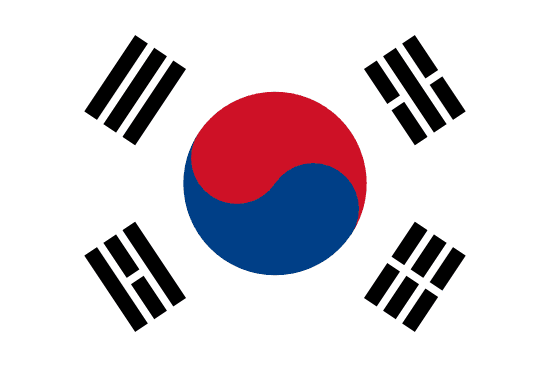"평화의 도시, 파주 | City of Peace, Paju"
About:
Paju, South Korea, was officially founded in 1995, but its history dates back to the Goguryeo Kingdom (37 BC–668 AD). It's known for its role in the Korean War and as the location of the Demilitarized Zone (DMZ). Paju has developed as a cultural hub, hosting the Paju Book City project and the annual Paju Jangdan Soybean Festival. Despite modernization, it retains historical sites like the Imjingak Pavilion. Today, Paju is a significant city in the Gyeonggi Province, balancing its historical legacy with modern growth.
When to visit:
Paju, a city located in South Korea, is a popular destination for travelers seeking cultural and historical experiences. The best time to visit Paju on a holiday is during the spring or autumn seasons when the weather is mild and comfortable for outdoor activities. In spring, visitors can enjoy the beautiful cherry blossoms in bloom, while autumn offers stunning foliage colors in the surrounding areas. It is advisable to avoid visiting Paju during the summer months due to hot and humid weather conditions.
When to avoid:
Paju, a city located in South Korea, experiences its worst travel conditions during the peak holiday season in December. The cold winter weather and occasional snowfall can lead to transportation delays and difficulties navigating the city. Popular tourist attractions such as the DMZ (Demilitarized Zone) may be crowded, impacting the overall travel experience. Travelers are advised to plan ahead and consider visiting during off-peak seasons to avoid the challenges of traveling to Paju during the holidays.
Winter (Dec-Feb)
In Paju, South Korea, January is the coldest month with temperatures dipping as low as -8°C. Snowfall is common, making the landscape picturesque but the roads slippery. The wettest time is during the monsoon season in July, with rainfall exceeding 300mm. Days are typically overcast with limited sunlight. An average day for a visitor during these periods would involve bundling up to brave the cold or carrying an umbrella to navigate through the rain. Despite the weather, indoor attractions like the Jangneung Royal Tomb and Provence Village remain popular.
Summer (June-August)
The warmest part of the year in Paju, South Korea, typically falls between June and August, with July being the hottest month. During this period, average high temperatures range from 26°C (79°F) to 30°C (86°F).
Rainfall is quite significant in this season due to the East Asian monsoon; July is the wettest month with an average rainfall of around 395mm. The city experiences frequent showers and thunderstorms, so carrying an umbrella would be a good idea for visitors.
The amount of daily sunlight varies, but on average, there are about 5 to 6 hours of sunshine per day. Cloudiness is quite common during this period due to the monsoon season.
Humidity levels are high, often exceeding 80%, which can make the heat feel more intense and might make some activities uncomfortable for those not used to such conditions.
A typical day for a visitor during this season would likely involve warm, humid weather with a chance of rain or thunderstorms. Despite the rain, there are still plenty of sunshine hours for outdoor activities, but it's recommended to stay hydrated and take breaks in shaded or air-conditioned areas.
Language:
In Paju, South Korea, the most commonly spoken language is Korean. This is the official and national language of South Korea. English is also taught in schools and is commonly used in business and tourism sectors. Other languages may be spoken among immigrant communities, but Korean is the primary language for daily communication.




